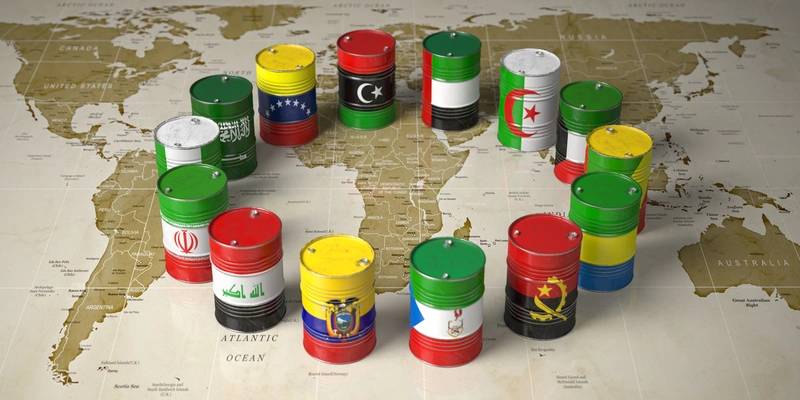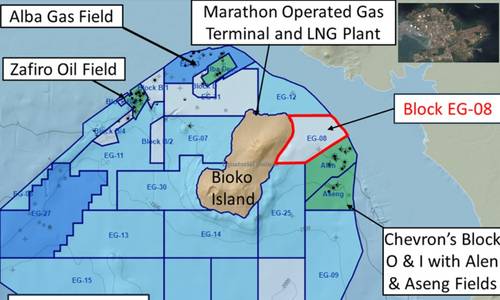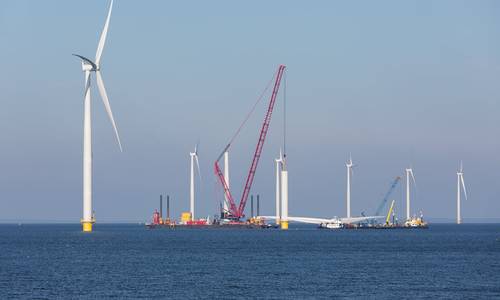OPEC+ Output Surge Tests Oil Market’s Shock Absorbers
October 6, 2025

OPEC+'s continued oil output increases are eroding the group's spare production capacity, a vital cushion that has helped to mitigate volatility in recent years. Energy traders may therefore face rockier days ahead.
The prevailing belief in oil markets over the past three years has been that any supply shortfalls could be swiftly met by OPEC+, the group of producers and allied nations including Russia, after they jointly cut output in 2022, ultimately slashing production by as much as 5.85 million bpd, or around 5.5% of global demand.
This resulted in an increase in global “spare capacity,” what the International Energy Agency defines as "capacity levels that can be reached within 90 days and sustained for an extended period." In other words, the amount of additional supply that could be quickly and sustainably injected into global markets.
Shock Absorber Rapidly Thins
The existence of this buffer likely helped mitigate spikes in oil prices during the Israel-Iran war last June and has probably tamped down volatility as the war in Ukraine has escalated.
If OPEC+ could ramp up production rapidly, markets had no reason to panic in the face of any potential supply disruption.
But that shock absorber has rapidly thinned since OPEC+'s core eight members started unwinding those cuts in April.
The group on Sunday agreed to increase production by a further 137,000 bpd in November, which would bring total targeted production increases since April to more than 2.7 million bpd.
As the group increases output, its spare capacity naturally diminishes. And by some estimates, that buffer might already be smaller than previously assumed.
Challenges In Ramping Up Production
OPEC+'s estimated total spare capacity stood at 4.1 million bpd as of August, with almost 60% held by Saudi Arabia and another 20% by the United Arab Emirates, according to data from the IEA.
That might sound like a lot. But the challenges countries have faced in ramping up production since April suggest that some members are finding it hard to rapidly and sustainably tap this supposed excess capacity.
OPEC+ delivered between April and August only 75% of production increases on average, according to a Reuters analysis, undershooting the 1.92 million bpd targeted production increase by around 500,000 bpd.
This indicates that the level of spare capacity may have declined in the past three years, likely because oil wells that are shut for extended periods take significant time and investment to revive – potentially more than expected.
Of course, part of the shortfall since April was due to members like Iraq deliberately scaling back production to compensate for past excesses. Additionally, OPEC+ actually exceeded its target by 760,000 bpd in August, primarily due to Iraq's overproduction, according to IEA data.
However, moving forward, most producers appear to have limited scope to ramp up production sustainably.
Kazakhstan, which far exceeded its production quota at the start of the year, today has little to no room to raise output.
Algeria and Oman also appear to be producing at full capacity.
Russia, whose oil and gas industry faces heavy Western sanctions, has struggled to raise output, and Ukrainian drone attacks on its infrastructure in recent months risk further reducing its output.
What is Saudi's True Capacity?
What the market really wants to know, however, is the true capacity of Saudi Arabia. The world's top crude exporter – which has access to vast oil reserves with low break-even prices – produced 9.69 million bpd in August, which, when combined with its estimated spare capacity, means it could theoretically ramp up output to above 12 million bpd.
Saudi is set to increase its production to 10.06 million bpd in November under the new OPEC+ agreement.
But recent history shows that the Kingdom has only breached the 12 million bpd threshold once, for one month in April 2020. Production quickly plummeted to 7.5 million bpd as global consumption collapsed due to COVID-19 lockdowns, according to the Joint Organizations Data Initiative.
Moreover, Saudi production has only hit 11 million bpd in two brief periods in 2018 and 2023. And it has only breached the 10 million bpd threshold a handful of times, with the longest periods between March 2015 and December 2016, when production averaged 10.4 million bpd. It also boosted output above 10 million bpd between December 2021 and April 2023 as the global economy recovered from the pandemic.
What’s more, Saudi Arabia's energy ministry in January 2024 instructed its national oil company Aramco to target maximum sustainable capacity of 12 million bpd, abandoning plans to ramp it up to 13 million bpd.
It is therefore likely that Saudi Arabia currently only has between 600,000 and 1 million bpd of true spare capacity, based on historic precedents.
Buffer at the Low End Historically
Where does that leave OPEC+ overall? When combining the 1.3 million bpd estimated combined spare capacity of the UAE, Kuwait and Iraq with the revised Saudi figure, OPEC+ is left with a buffer of around 2 million bpd, around 2% of global demand. That is at the low end of the historical average.
So even though the group’s decision to flood the market with oil is currently weighing on crude prices, the struggles it faces in actually doing so could potentially result in upward pressure ahead.
Either way, at a time when the world faces growing geopolitical tensions in Ukraine, Russia and the Middle East, the energy market could use a shock absorber. And OPEC+ appears to be rapidly exhausting its own.
(Reuters- Reporting by Ron Bousso; Editing by David Holmes)






